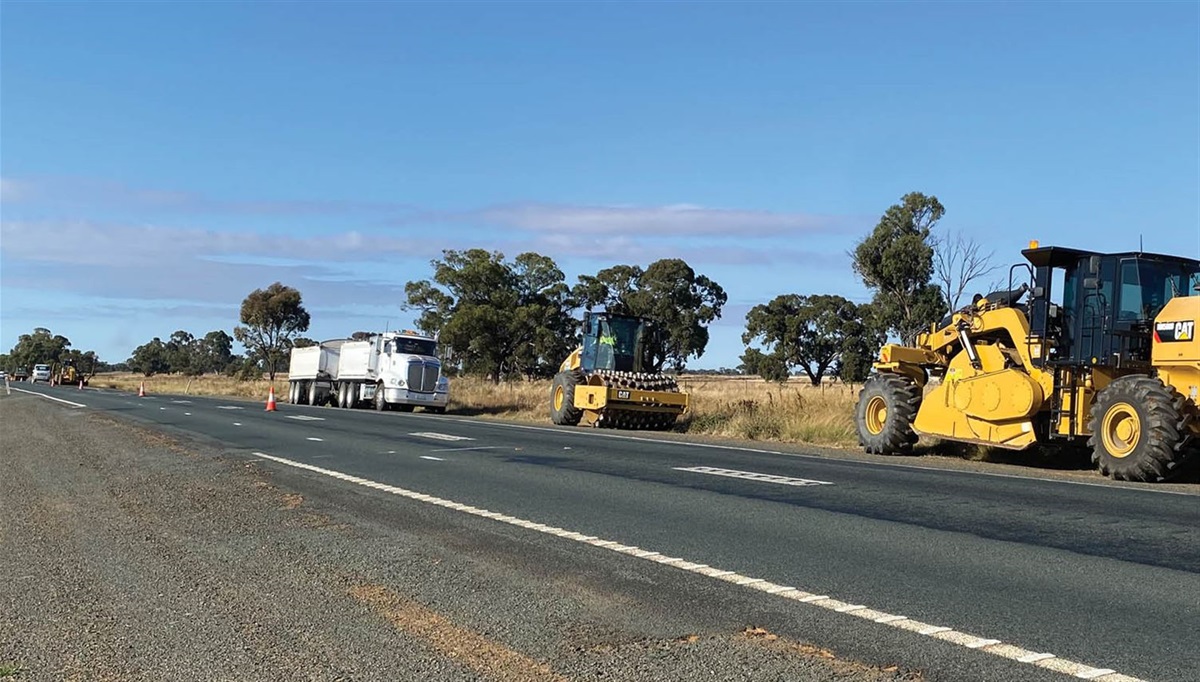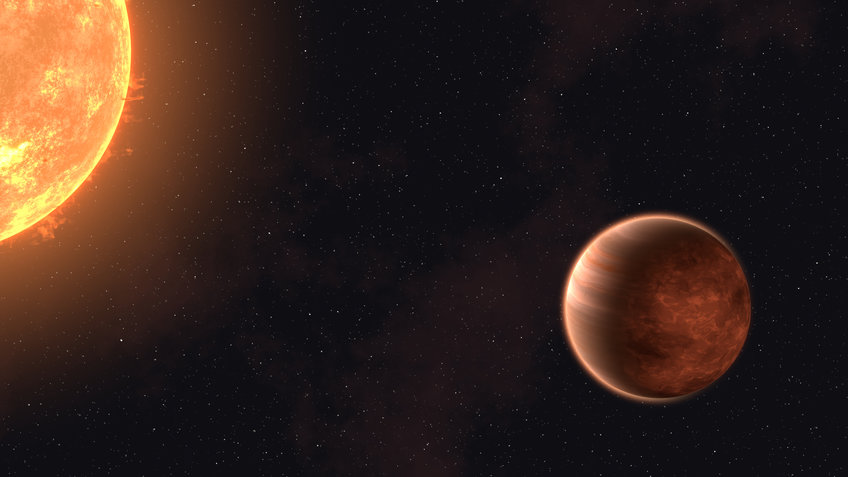A new international study including researchers from Western Sydney University has identified the global hotspots that should be the highest priority for soil nature conservation planning, to minimise adverse impacts on ecosystems in a rapidly changing global climate.
Published in Nature , the study reveals that the ecological value of soil is often overlooked in policy decision-making and nature conservation planning, with current conservation policies focused on aboveground plants and animals.
Co-author Distinguished Professor Brajesh Singh, from Western Sydney University’s Hawkesbury Institute for the Environment, said the study provides scientific support for action on conserving soil biodiversity for the maintenance of ecosystem services such as climate regulation.
“Half of the hotspots we have identified in the research are currently not under any form of nature conservation. Prioritising the soil in these areas needs to be crucial in policy making, as the impact soil has on the broader environment is profound,” said Distinguished Professor Singh.
“Notably, Australian ecosystems are particularly vulnerable, with 75 per cent of the continent defined as ‘drylands’ with the soils being largely nutrient-poor.”
According to Distinguished Professor Singh, the profound impact of soil, such as its vital role in the creation of food for human consumption, is often overlooked. However, soils are also vulnerable to climate and land-use change. To better conserve soil ecological values, it is vital to know where their protection is needed most.
To identify the hotspots, the study surveyed over 10,000 observations of biodiversity and indicators of ecosystem services within 615 soil samples from all continents, assessing three soil ecological factors, including local species richness, biodiversity uniqueness and ecosystem services, such as water regulation and carbon storage.
The findings suggest that each of these factors peaked in contrasting regions of the world and the contrasting spatial patterns demonstrate just how complex it is to protect all three at once.
“Ecosystems with moderate climates displayed higher local soil biodiversity (species richness and uniqueness), compared to colder ecosystems that were identified as hotspots of soil ecosystem services. Tropical and arid ecosystems displayed the highest amount of unique soil organisms,” Distinguished Professor Singh explained.
The research recommends the implementation of a policy-framework that explicitly includes the conservation of soil biodiversity, which is critical for minimising the impact of global changes on ecosystem services, agriculture productivity and restoring degraded environment.
Western Sydney University’s contribution to this research was funded by the Australian Research Council.
The study titled, ‘Global Hotspots for soil nature conservation’, is available to download here .







